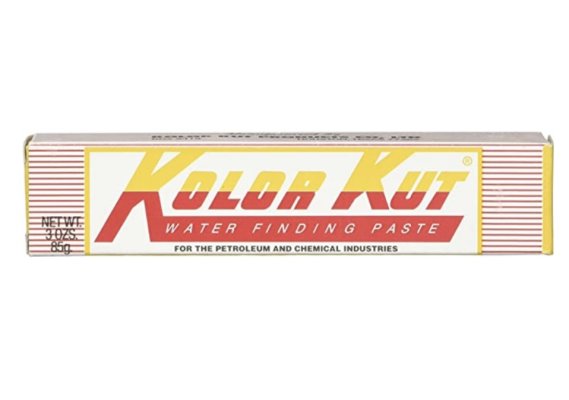PhilPB
Guru
- Joined
- Oct 5, 2021
- Messages
- 671
- Location
- Palm Beach County
- Vessel Name
- Sun Dog
- Vessel Make
- Mainship 34
We have 2, 112gal diesel tanks. I haven't needed to put fuel in them for a long time. Both tanks are a bit over 1/2 full and racors don't show crud or water. Motor starts quick every time and runs great. We burn very little fuel and do use it at least 2-3 times per month.
- Is the consensus to keep tanks always full?
- Is the consensus to keep tanks always full?


